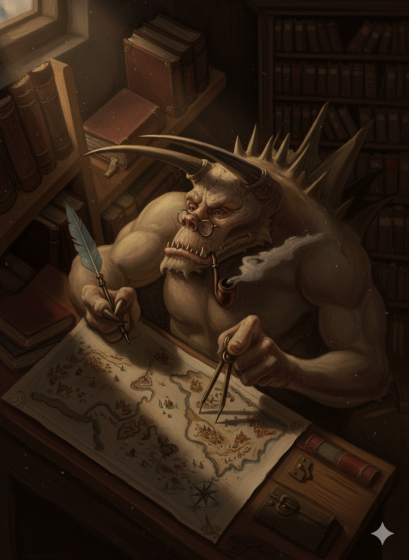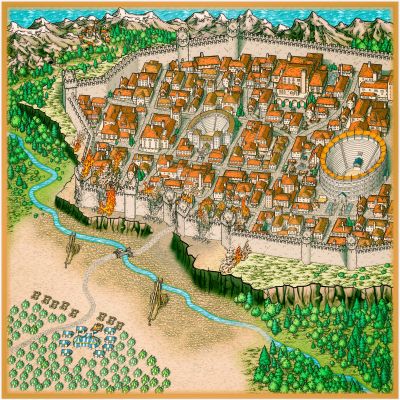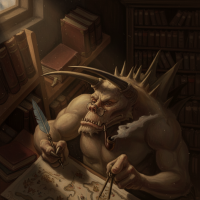
Ricko
Ricko
About
- Username
- Ricko
- Joined
- Visits
- 6,687
- Last Active
- Roles
- Member
- Points
- 10,484
- Birthday
- February 7, 1977
- Location
- merlo san luis argentina
- Rank
- Mapmaker
- Badges
- 22
Reactions
-
How can I trace an image?
Check out this video, it might meet your needs.
-
Fallout Vaulttech Style
-
Mapping to a friend - A Fenda (The Crack)
Of all the materials I tested, plastic plotter is the one that gave me the best results.
In addition to beautifying the table as a tablecloth, this material is resistant to drops, spilled liquid, ash and any other type of mess that may occur on the table during the game. And best of all, it can be cleaned with just a dry or damp cloth.
-
First Time Mapper, First Time Poster, Long Time Struggling Learner
Hello brother welcome!
I suggest you start with Joe's videos, they cover the first steps in the program very well.
https://www.youtube.com/watch?v=QLaTKOJC6og&t=157s
Apart from that, profantasy has tutorial videos of the most varied styles available on the same page.
https://www.youtube.com/@ProfantasySoftware
If you have any other questions, just search to see if any topic has already been created on the subject or just ask.
Cheers
-
Community Atlas - Fonlorn Archipelago - Bleakness - Death Forest.







